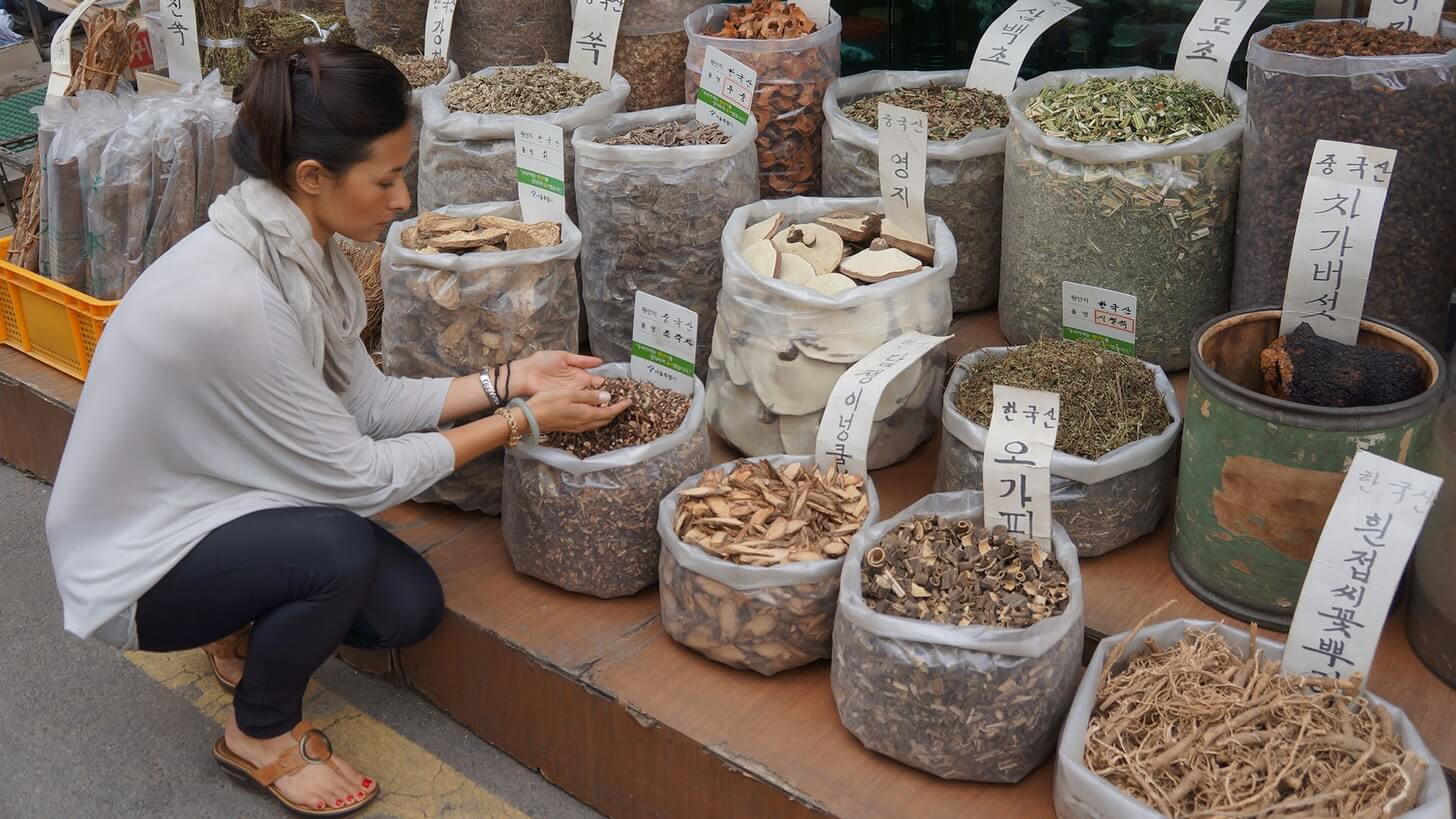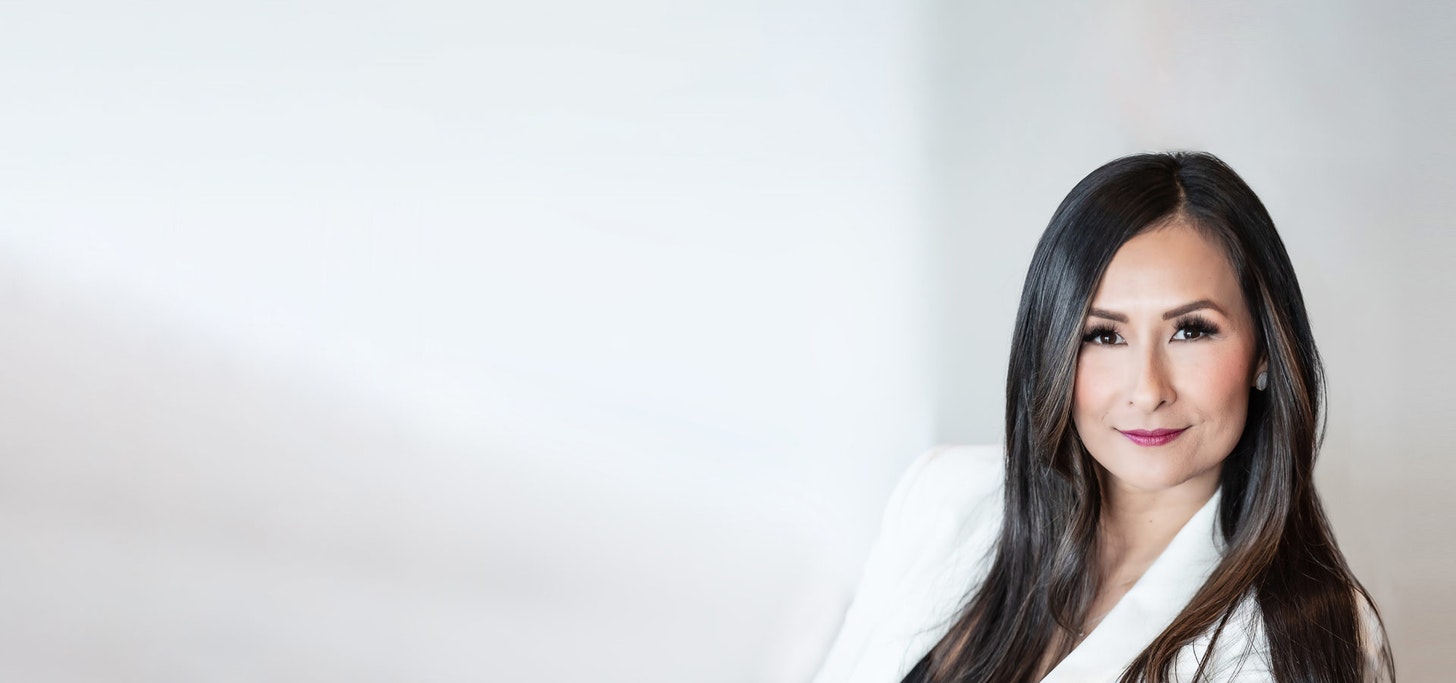
Long before your aunt began telling you about her “CBD trips” [editor’s note: we all know at least one person like this] or your roommate took one too many THC-infused gummy bears, Cannabis sativa L, as it is scientifically known, had a storied history in traditional Chinese medicine (TCM). Being one of 50 fundamental herbs in Chinese medicine, there’s evidence of the plant being used for anesthesia, as a laxative, a treatment for mental illness, and more, thousands of years ago.
Today, cannabis is basically flat out illegal in China. However, more and more modern-day American TCM practitioners utilize cannabis in their practice now that medicinal use is legal in 33 states.
Dr. Jenelle Kim, founder and lead formulator of San Diego, California-based JBK Wellness Labs, has been hip to cannabis in TCM longer than a lot of her peers. She’s been using CBD (aka cannabidiol, a non-intoxicating chemical in cannabis) derived from hemp (a variety of Cannabis sativa) since 2012 in the products she conducts.
“I have seen CBD come from a place where no one even knew about it,” says Kim. “I’m really grateful and proud of the fact that this industry has started to take off and is leading down a path where people understand this incredibly powerful herb properly.”
Kim started her training at Pacific College of Health and Science’s (formerly Pacific College of Oriental Medicine) San Diego campus. Although a study abroad program allowed her to study alongside practitioners in China and Korea, Kim’s familiarity with Eastern medicine comes from her Korean lineage of doctors and herbalists.
Kim started making CBD products for clients when a company (she’s coy about specifying who) approached her about it. Because of her knowledge of Eastern medicine, using hemp-derived CBD wasn’t a far fetched concept to Kim.

“CBD contains some very powerful properties, most importantly for the skin,” says Kim. “You have your anti-inflammatory, you have your antibacterial properties, you have so many omega fatty acids, all of which really helps the function of the skin.”
She eventually created what’s said to be the world’s first CBD skincare line, Cannabis Beauty Defined.
Chad Connor, professor and clinical supervisor at Pacific College of Health and Science, says that practitioners who have been combining TCM with cannabis Sativa as long as Kim has are rare despite the plant’s long history.
Connor says that cannabis as medicine slowly stopped in China but hemp continued to be used for products like paper, rope, and food.
“Over time in the literature in Chinese medicine, you slowly start seeing that cannabis [had] stopped being used,” says Connor. “They didn’t have access to the cannabinoid producing flowers because there [were] no certificates of analysis like we have today where you can get a lab test on what’s in the flower.”
There’s nearly 2,000 years worth of cannabis (called dà má in Chinese) usage recorded in traditional Chinese medical literature, says a 2017 study in Frontiers of Pharmacology. Authors E. Joseph Brand and Zhongzhen Zhao write that there have been several applications of cannabis in ancient Chinese literature in treating mental illness and pain.
Before cannabis’ legality in some states, the fundamental herb wasn’t really discussed in TCM educational programs because practitioners couldn’t legally do anything with it.
Dr. Tom Ingegno, TCM practitioner and operator of Charm City Integrative Health in Baltimore, Maryland, says Cannabis sativa was glossed over during his classes. Cannabis seeds used as laxatives in traditional Chinese medicine were covered, but the seeds procured for classes were irradiated so they couldn’t be grown into full-fledged cannabis plants.
Now that medicinal cannabis is legal in Maryland (recreational, or adult-use, isn’t) Ingegno can incorporate cannabis into his TCM practice. Charm City Integrative Health uses CBD oil in cupping and massages and has a nurse practitioner on staff to do cannabis certifications. Mostly, however, Ingegno recommends patients purchase medicinal products at dispensaries to treat their various ailments.
“More and more practitioners are turning to [cannabis] as an accessory to what they’re doing in clinic,” says Ingegno. “While they can’t write the certification themselves — just like my office—they’re partnering with people that have prescriptive rights and then they’re acting as a coach.”
Now, both Eastern and Western healthcare providers have become keener on learning about medicinal cannabis, just like ancient TCM doctors. To fulfill that need, medicinal cannabis programs are popping up worldwide. For example, Pacific College has its own program Medicinal Cannabis Certificate for Health Practitioners and so does Centre of Excellence based in the U.K.
“They see the writing on the wall,” Ingegno says of Pacific College. “Eventually [cannabis] is going to be fully legal everywhere.”